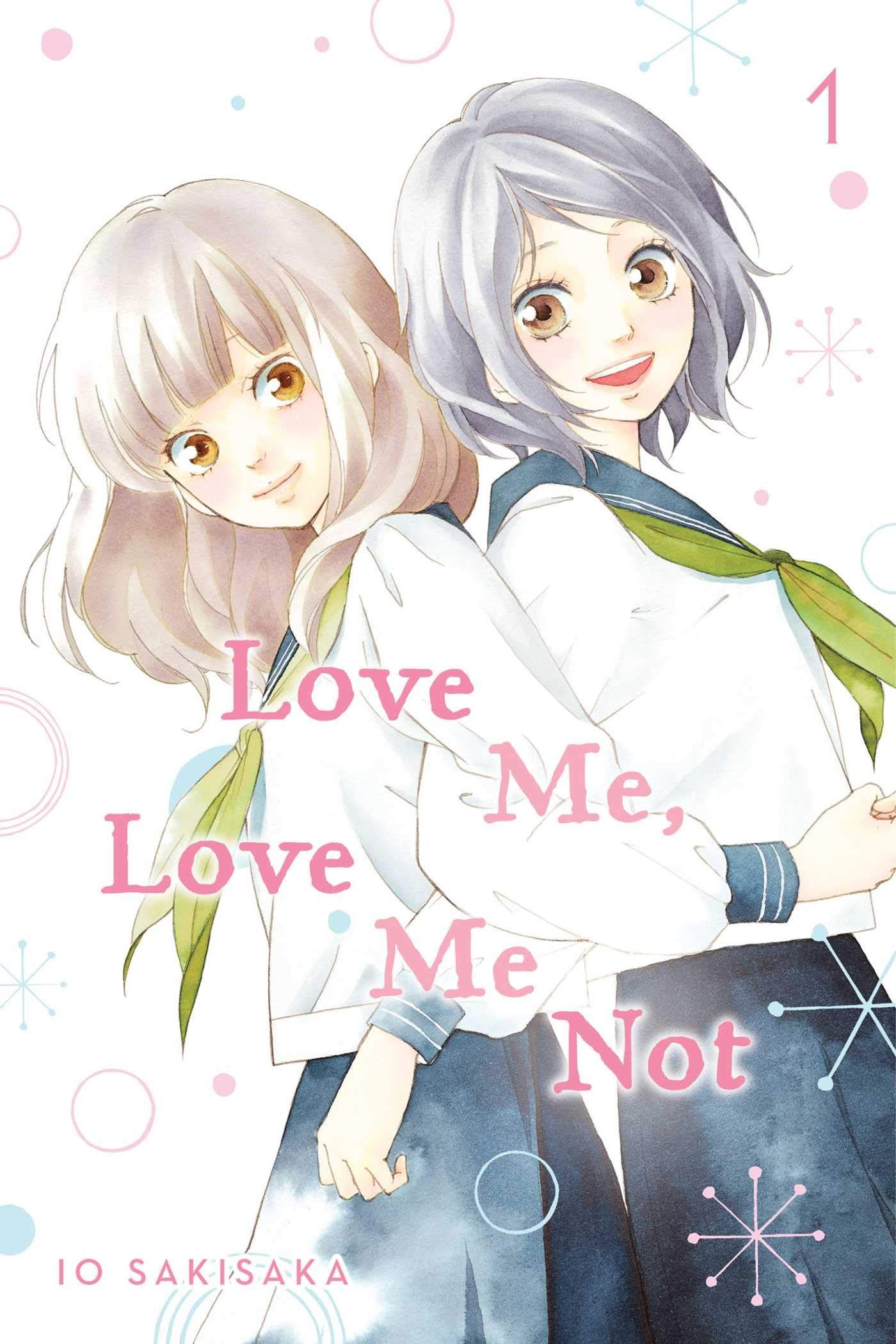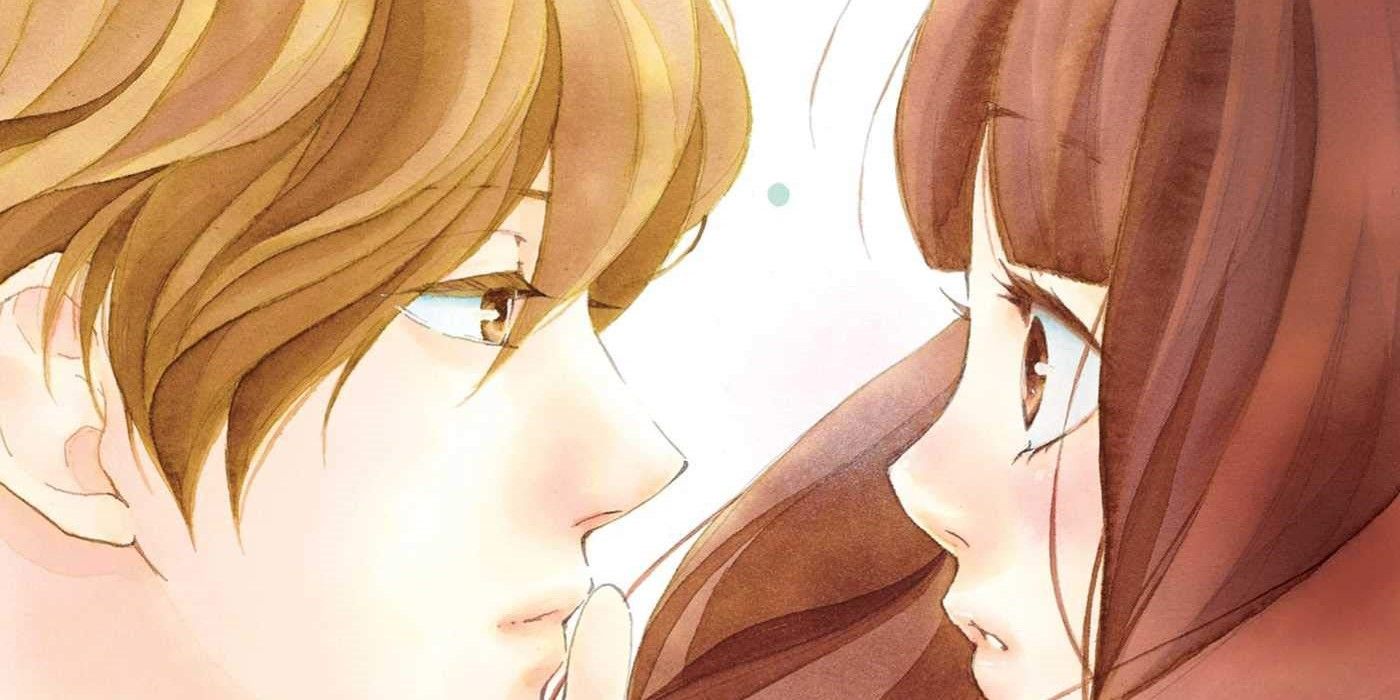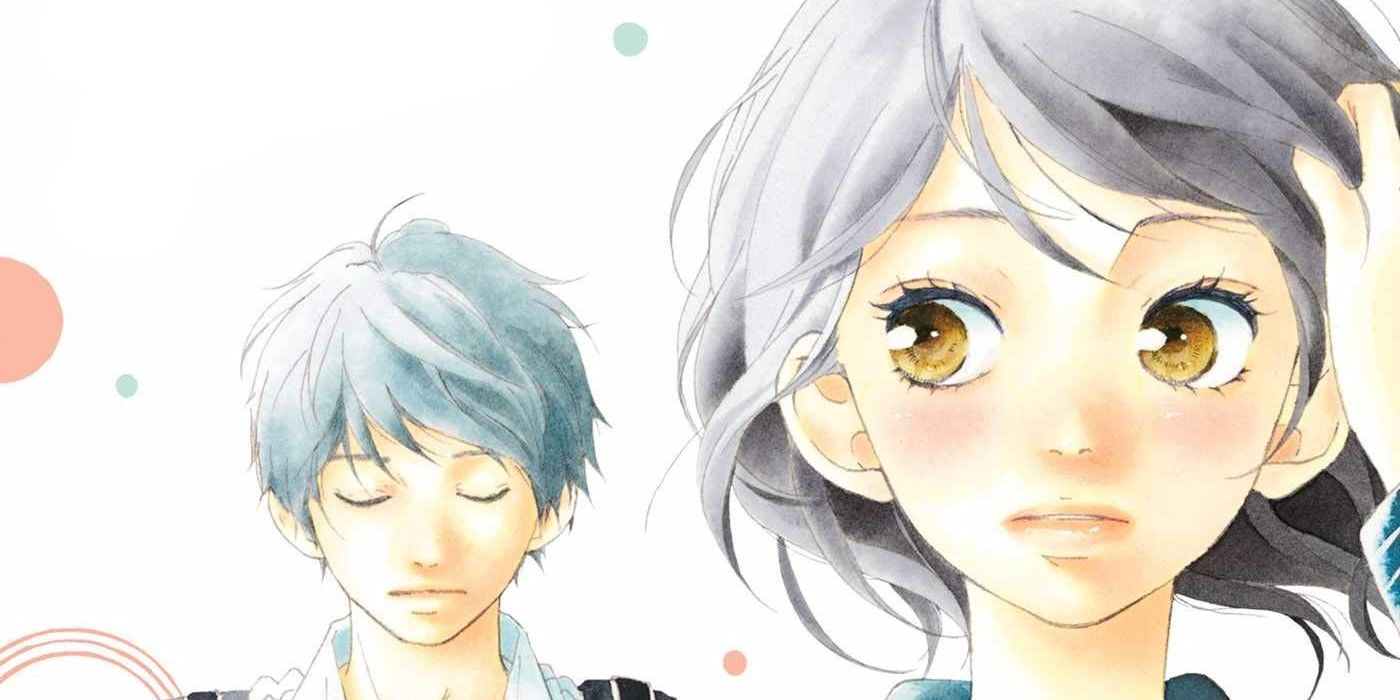Love Me, Love Me Not Vol 1 is a Shojo Best-Seller Without Conflict
- WRITER
- Io Sakisaka
- Artist
- Io Sakisaka
- Publisher
- Viz Media
- Price
- 9.99
- Release Date
- 2020-03-03
Love Me, Love Me Not is a manga written by Io Sakisaka. The series has sold consistently well in Japan, earning the Shogakukan Manga Award in the Shojo category and netting not only an anime adaptation, but a live-action one as well. But with the first volume of the manga now available for English readers, it's a bit surprising this series has gotten such a warm reception. Love Me, Love Me Not is rife with Shojo conventions and very little else.
The series follows Yuna, a high-schooler whose best friend is moving away. When going to see her friend off, she encounters Akari, a girl who's just moved into the same apartment complex as Yuna, along with her handsome brother Rio. Of course, the two become fast friends and naturally develop crushes on the men in each other's life: Yuna falls for Akari's stepbrother Rio while Akari develops a crush on Yuna's childhood friend Kazuomi.
The series moves at a relaxed, breezy pace, which works both for and against it. It feels very true to life, organically pacing the narrative out so that characters have room develop realistically. At the same time, Love Me, Love Me Not suffers from too little happening, spread over too long a period of time.
The artwork by Sakisaka is consistently beautiful. Her characters, though suffering a bit of same-face syndrome, all are pleasantly drawn. The best artwork comes in a sequence where Yuna fantasizes about a princely character, only to face the less-than-regal real-world Rio. The contrast between the two styles is subtle, but enough to effectively distinguish between fantasy and reality. The story shines in the moments without any dialogue, where the visuals do the storytelling. In fact, there are entire pages without any writing at all - and thankfully so because, quite frankly, Love Me, Love Me Not's writing is not its strongest suit.
Shojo as a rule focuses on interpersonal relationships. Drama and romance are the center of every sort of story, which often results in external conflict getting pushed to the side. Love Me, Love Me Not suffers from this to a near extreme - there is little to no external or internal conflict in the story. There is little keeping Akari or Yuna from opening up to their crushes about their feelings, even though both are clearly attracted to their respective love-interests from early on.
There is only one conflict in the entire book and it's resolved within a single chapter. In it, Akari breaks up with her long-distance boyfriend, only for Yuna to believe a rumor that she has immediately begun chasing boys around. The conflict is driven by a misunderstanding and, once it's cleared up, there's no conflict left. The book is in dire need of a true dilemma.
This lack of conflict -- even internal conflict -- deflates any potential the story has in its first volume to tell a well-rounded romance with well-developed characters. Yuna and Akari are good girls. Yuna is shy and Akari has difficulty expressing herself. They rarely develop beyond that initial point of their characterization. It also doesn't help that much of the dialogue is too on the nose. Characters voice the moral lessons they're supposed to take away, all the while failing to grow from them.
It's even worse for Rio and Kazuomi, who are only distinct in that one has blonde hair and the other has dark hair. This first volume is a weak introduction to both male leads. The end of the story introduces a very interesting situation that, no doubt, is one of the driving reasons why this manga sold so well after its initial volume.
Love Me, Love Me Not is perfectly fine reading for a quick, sweet romance with dreamy guys and bubbly girls. However, know going in that it's all fluff and no stuff, leaving little for people who aren't hardcore Shojo fans.



